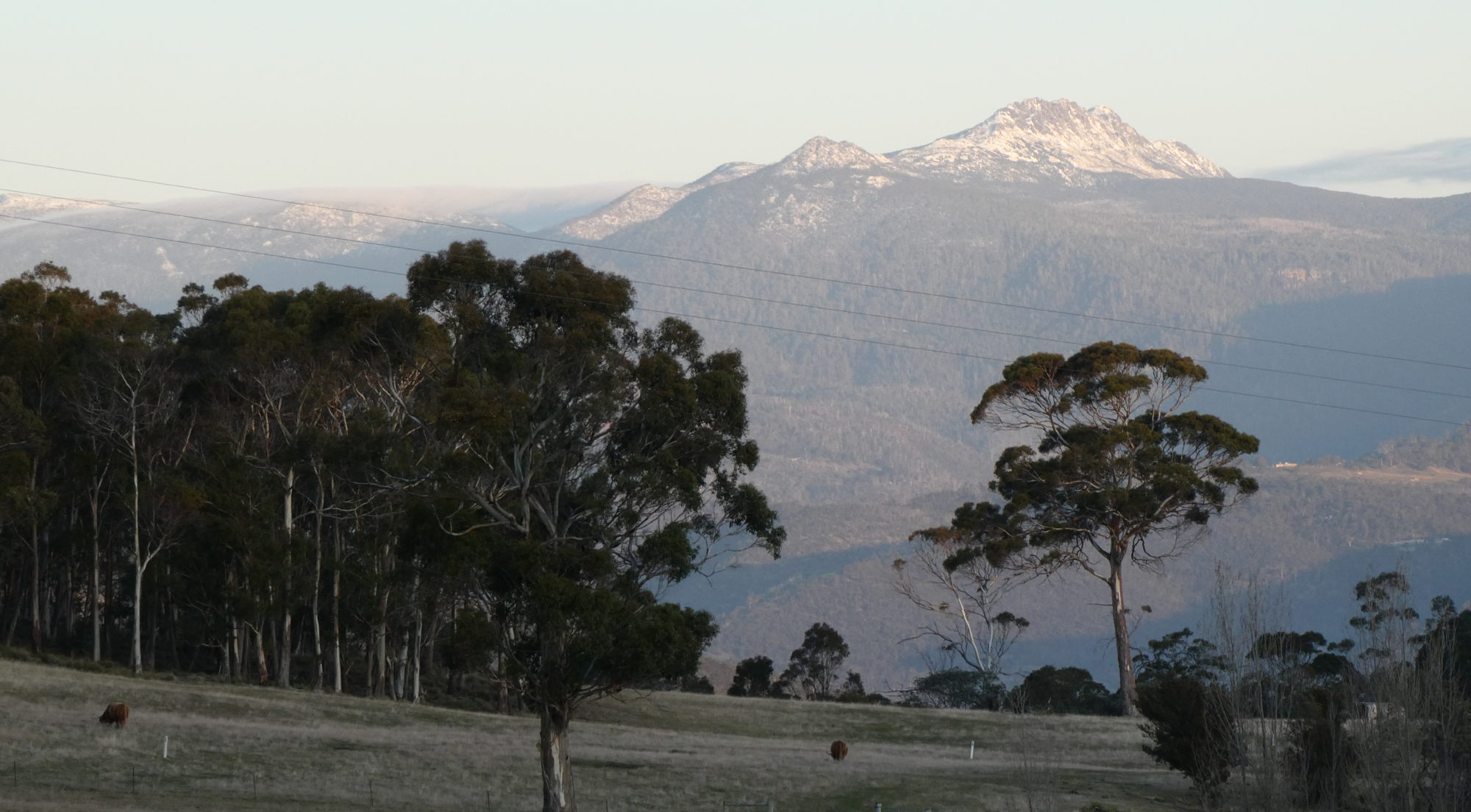In my family there are heavy drinkers. A couple are alcoholic. Others drink just as much but are not alcoholic, just solid party goers. There is a difference. Even when my alcoholic family members are on the wagon, there is something about them. Their dependence is still evident somehow. Depending on where you search and whose definition is found, it seems that between 5 and 12% of the population is alcoholic, addicted and dependent on alcohol. The same with other addictions such as gambling and it used to be the same with drugs but not now.
Somewhat over 100 years ago there were no such things as drug laws. Like the other addictions, recreational use of drugs was frowned upon, seen as antisocial when out of hand, but accepted as part of the continuum of human behaviour. Opium dens were no more common than gambling houses and pubs. Maybe less so. For example in 1908 in New York with a population of 4.5 million, only 0.1% were opium addicts, 6000 people. In the late 1800’s there emerged efforts to regulate them, initially through taxation.
It seems that governments everywhere are adept at extracting funds from activities that are addictive, perhaps ensuring ongoing revenue streams disguised as doing a public service. What will happen for instance when no one smokes cigarettes any more and the huge income from tobacco excise which in Australia was $12.7Bn in 2023 goes up in smoke? I’ve read that only around 18% of the Australian population still smokes.
Then in 1914 in the USA along comes sanctimonious anti narcotic crusader Dr Hamilton Wright who had been spurred along by even more ardent Canadian the Reverend Charles Brent. Their fervour resulted in the uptake by senator Francis Burton Harrison and the Harrison Act, the first piece of legislation designed to curb drug use. But like all abolition efforts, it did the opposite.
When something in demand is absent or limited through controls, the demand does not go away, and the means of access becomes increasingly dramatic. A black market ensues. When alcohol was banned in the USA during the 1920’s Prohibition, speakeasies thrived, the country’s worst crime emerged with the Al Capones and such. As early as 1925 it was recognised that Prohibition was not working, but the sanctimony persisted.
The Harrison Act regulated and taxed, there is that word again, the production, importation and distribution of opiates and cocaine. The New York Medical Journal wrote in 1915 that crime and violence had increased as a direct result as addicts tried to obtain drugs. The street market for heroin skyrocketed from $6.50 an ounce to $96.00, a clear attraction to criminals. The Marfia got into drug trafficking for the first time. There was no money in it previously.
The Harrison Act resulted in more addicts. Criminals realised that creating new addicts was the best way to increase profits and the victims were mostly teenagers through offering free samples. Interestingly it is McDonald’s using a similar marketing tactic to attract young customers, through playgrounds at their fast food outlets and such, making a customer for life.
The Harrison Act included nefarious sections that amplified the negative outcomes. It initiated the control by government over physicians, interfered with treatments. It enforced the controls to be adopted by America’s trading parties. And it created the war on drugs and inevitably the current drug and related crime epidemics. The USA illicit drug market is similar in size to the whole rest of the legal drug industry about $64Bn annually.

